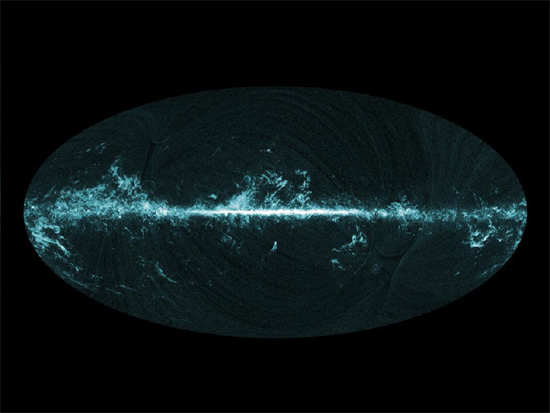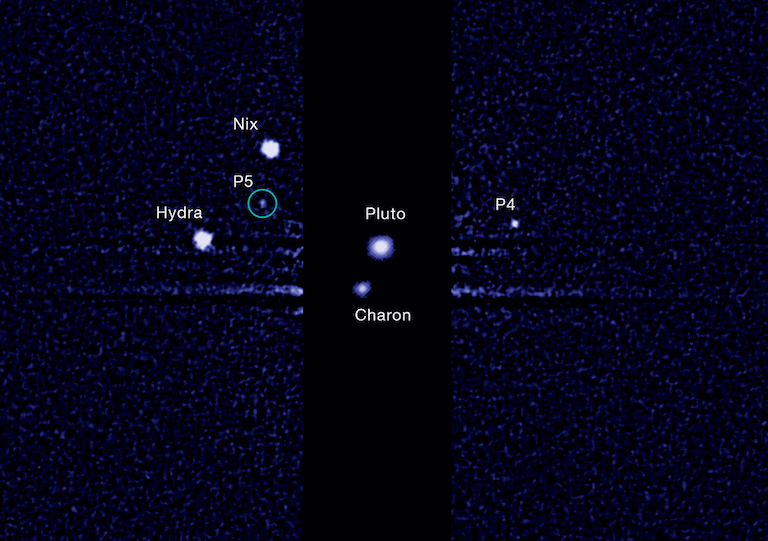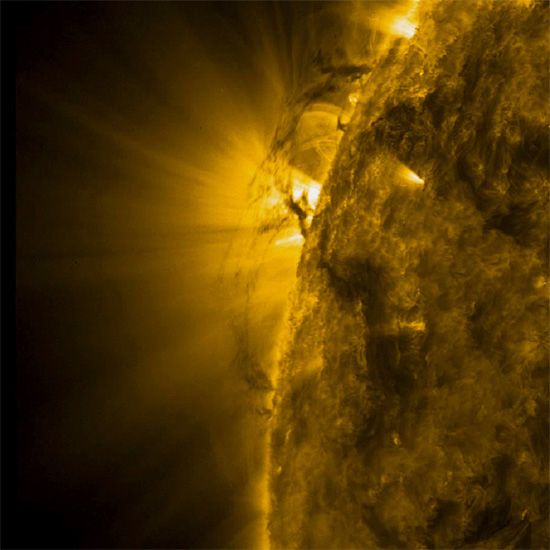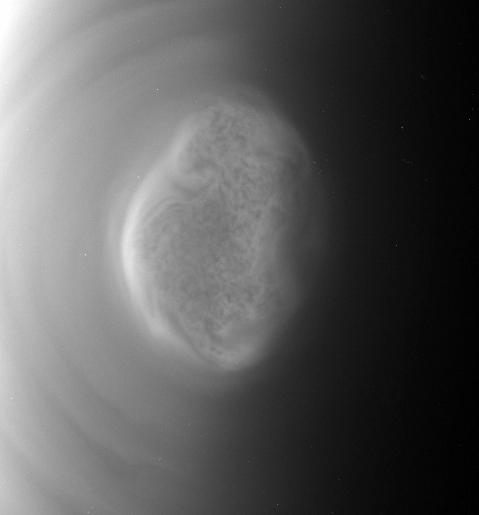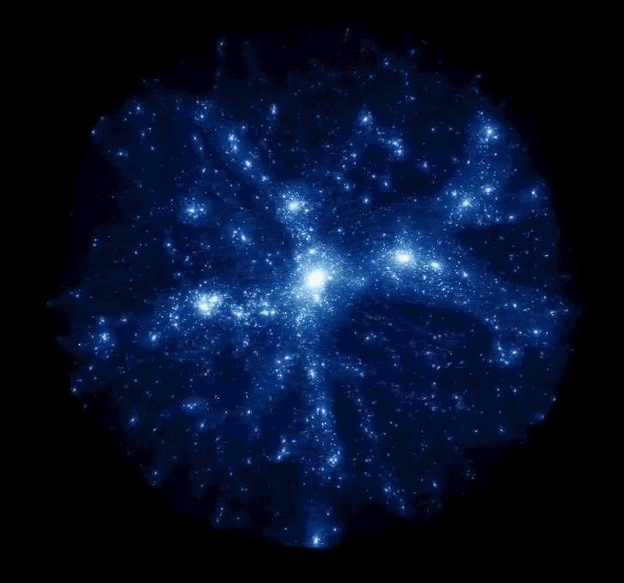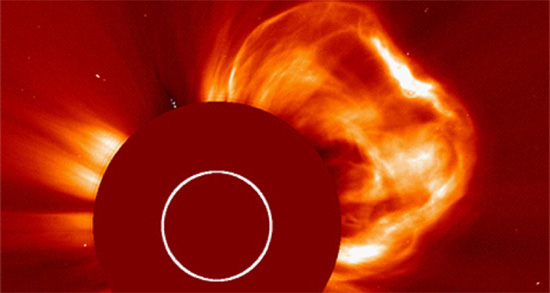Footprints on Mars
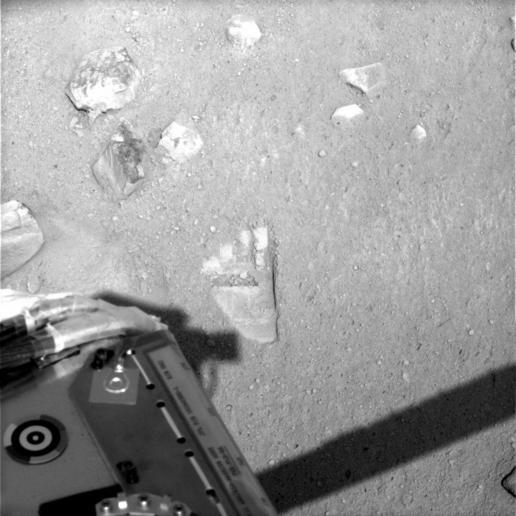
August 08, 2012 The significance of life on other planets leaves many unanswered questions. Note: 32 years ago the managing editor’s father speculated about the possibility and significance of extraterrestrial life. The universal feeling that man is unique has been challenged by the final photographs sent by Mariner IV…





